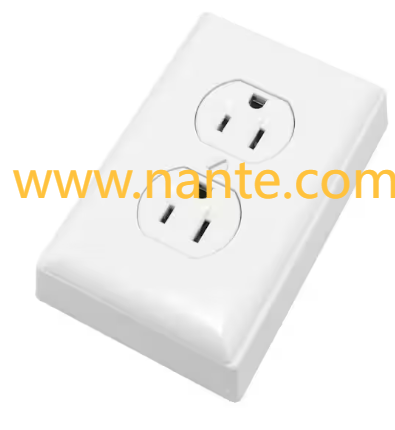In an era where technology permeates every aspect of life, the silent enablers of our digital routines often escape attention. While smartphones and smart devices dominate discussions, the infrastructure supporting them—particularly Electrical Socket Box es—plays an irreplaceable role in maintaining safety and functionality. These unassuming components form the critical link between volatile electrical currents and the gadgets we depend on daily.
From Basic Housing to Intelligent Safeguards
The evolution of these enclosures mirrors the advancement of residential safety standards. Early versions served as simple plastic covers for wires, but modern iterations have transformed into multi-layered defense systems. High-grade polymer blends now replace traditional materials, offering self-extinguishing properties that contain sparks within milliseconds. Integrated thermal sensors monitor heat buildup in real time, automatically disconnecting circuits when detecting abnormal patterns—a vital feature for homes using high-wattage appliances like air fryers or space heaters.
Engineers have reimagined internal layouts to prevent common hazards. Finger-proof barriers shield live terminals, while corrosion-resistant brass connectors maintain conductivity in humid kitchens or coastal properties. For households with children, tamper-resistant shutters add an extra layer of protection, requiring equal pressure on both slots to activate the outlet.
Powering the Connected Home Revolution
As families adopt more IoT devices—smart locks, robotic vacuums, and voice-controlled lighting—the demand for intelligent power management surges. Contemporary systems accommodate USB-C fast charging ports alongside traditional outlets, eliminating bulky adapters on office desks. Some models integrate Wi-Fi connectivity, allowing users to monitor energy consumption via smartphone apps—an essential tool for optimizing solar-powered homes or identifying vampire loads from idle electronics.
In open-concept living spaces, slim-profile designs blend with decorative wall plates, proving safety doesn’t require aesthetic compromise. For older homes undergoing renovation, retrofit-friendly models simplify upgrades without extensive rewiring, preserving architectural integrity while meeting modern electrical codes.
Adapting to Diverse Lifestyles
The applications extend beyond residential settings. Home offices benefit from units with built-in surge protection, shielding computers from voltage spikes during thunderstorms. Outdoor-rated variants withstand monsoon rains and subzero temperatures, powering landscape lighting and patio heaters year-round. Even hobbyists find value in specialized models—craft rooms utilize outlets with dedicated grounding for pottery wheels, while garage workshops employ heavy-duty versions compatible with welding equipment.
A growing trend sees these systems paired with energy storage solutions. During blackouts, battery-linked enclosures can prioritize power to refrigerators or medical equipment, transforming passive components into active crisis managers. This duality of function—everyday convenience and emergency preparedness—underscores their evolving role in modern infrastructure.
Sustainability Meets Innovation
Manufacturers now prioritize eco-conscious production. Recycled ocean plastics constitute up to 40% of enclosure materials in leading brands, while modular designs allow component replacements instead of full disposals. Wireless induction models are emerging for contactless charging zones, reducing physical wear and tear. These innovations align with global net-zero goals, proving that even foundational elements can contribute to environmental stewardship.
Choosing Tomorrow’s Infrastructure Today
The electrical socket box has transcended its humble origins, evolving into a nexus of safety, design, and adaptability. As homes grow smarter and energy demands more complex, selecting systems that balance technical rigor with forward compatibility becomes paramount. Brands like www.nante.com lead this charge, offering UL-certified solutions that integrate seamlessly with renewable energy systems and smart home ecosystems. Their product lines exemplify how thoughtful engineering can future-proof living spaces—one connection at a time.

